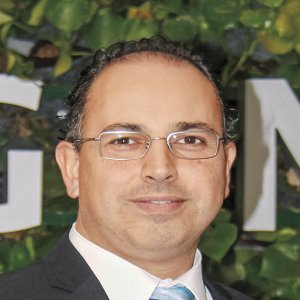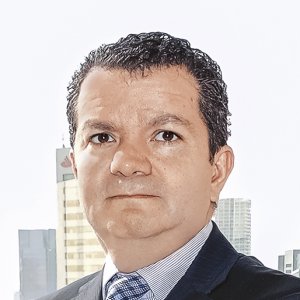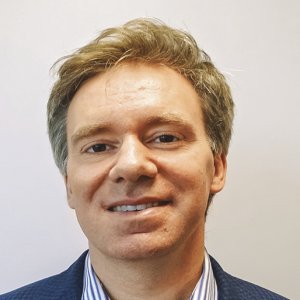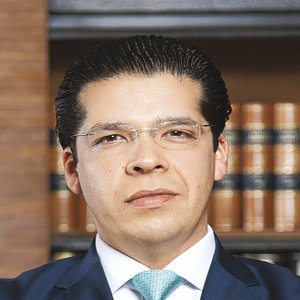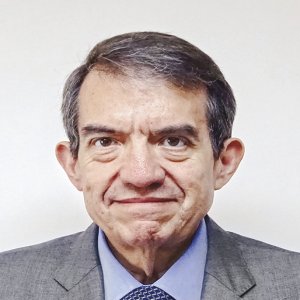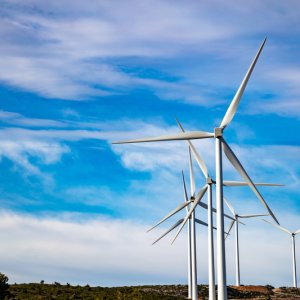Infrastructure Know-How for Energy Projects

STORY INLINE POST
Q: Where does the largest growth potential lie in renewable energy projects for construction companies?
A: Generally speaking, renewable energy projects mostly require process automation at the moment, especially for grout installation. Electric installation, material supply and inputs are practically standardized. We recognized that our strength in this sector would be to support developers and contractors in bringing projects to completion.
CODISA’s business opportunities arise when our clients do not have everything they need at their disposal. We work to fill this gap. The provision of concrete for wind farms is a good example. Despite the presence of cement powerhouses like Holcim, Moctezuma and Fortaleza, there are specific services required by the Mexican energy market that the cement industry is overlooking. CEMEX is the exception but it exclusively focuses on utility-scale projects.
To adapt to an increasingly demanding market, we integrated the required permits and certifications into our services and can offer a comprehensive package of concrete solutions to create infrastructure and facilitate access to remote locations. This strategy will underpin our growth because it will allow us to take on civil engineering projects.
Q: How is CODISA facing the industry’s human capital challenge?
A: When we started developing our activities in wind, we focused on grout installation, a fundamental element of construction supply. Developers that require this service use certified products so we underwent a certification process to be eligible to handle these products. We even went to Spain to obtain the relevant certification, while also gaining the representation and distribution rights for these products. CODISA has the integrated equipment and personnel to undertake the renewable energy projects that are being developed in Mexico.
We also implemented a second developmental phase for our personnel. At some point, all these new wind farms and solar parks will require maintenance. To respond to this particular need, we have an alliance in the pipeline to integrate maintenance solutions developed in Europe and Asia.
Q: How does CODISA stay up to date with the sector’s technological developments?
A: We try to anticipate the emerging needs for solar parks and wind farms, notably in concrete foundation repair and maintenance. We are already providing these services at a wind farm that is only 4 years old. CODISA is also working to systematize these new products and services. For instance, we are renovating our crushing equipment to adopt the latest automated technologies. Additionally, we are integrating the systems used by industry heavyweights like Holcim and CEMEX into our plant equipment.
Q: What are CODISA’s international projects?
A: We are doing grout installment for three wind farm projects in Jamaica: Winton 1, Winton 3 and Monroe 2, as part of our partnership with CJR Wind. We also worked with GES on a solar park electric-substation project, covering all the civil engineering aspects.
We are finalizing talks to form alliances with companies we have previously worked with. The goal is to enter the Central American market, given that the region’s energy transition is still in its initial phase compared to South America, where the market is already developed.
Q: What is the comparative advantage of distributing Fosroc’s products?
A: To develop wind-power projects, companies must meet a list of required certifications and validations. In the case of grout installation, we are talking about a process that lasts no less than three years, covering manufacturing, standardization and product testing. Other companies in the sector that offer these kinds of products, such as Vestas, Acciona, Gamesa and Siemens, to name a few, have already integrated these certifications. Fosroc went through this validation process prior to entering the North and South American markets.
In Mexico, there is no investment in technologies that improve grout. We also refine our oil abroad because we do not have the capacity to do it locally. By integrating Fosroc’s products into our portfolio, we obtained a fullpackage solution by distributing a cost-effective product new to the industry. We also provide an adaptive reaction service.
Working with foreign companies gives us the advantage of elevating our products and services to international standards. But we are open to any market and any project. Simply put, we look for projects where our services are required, providing the added value we can offer.
Q: How did your organic evolution toward renewable energy take place?
A: We were going through a rough patch in the construction sector. Grupo México approached us to get involved in renewable energy projects and to bring new life to our business by specializing in new applications for our core business. Over two years, we invested in this new segment and obtained the necessary certifications and standardizations to offer a competitive solution for the market. Once that was done, we initiated a credibility campaign with potential customers, where we showed them that we could deliver in a timely and effective manner. Three years after we started this transition, we are now involved in projects that have launched us to a level reminiscent of our best years in highway construction.
Q: What is CODISA’s ambition in Mexico’s energy market?
A: We are confident we are taking all the necessary and resolute steps to be seen as a reliable partner in any renewable energy project, particularly for all aspects regarding civil engineering. We are perfectly aware that developers need to adapt to a new and dynamic market, in which we have proven to have the required flexibility to face all its challenges and to provide the essential reliability to ensure a project’s success. As a complement to our products and services portfolio, we are integrating specialized electromechanical professionals to guarantee our capacity to anticipate the entire spectrum of a project’s innate risks.
Mexico’s renewable energy industry, in terms of construction, represents 60-65 percent of the country’s projects. It is vital that we consider all the work that will be required after the construction is completed. We need to transform and develop new technologies locally to anticipate these needs and to offer viable solutions to address them.
